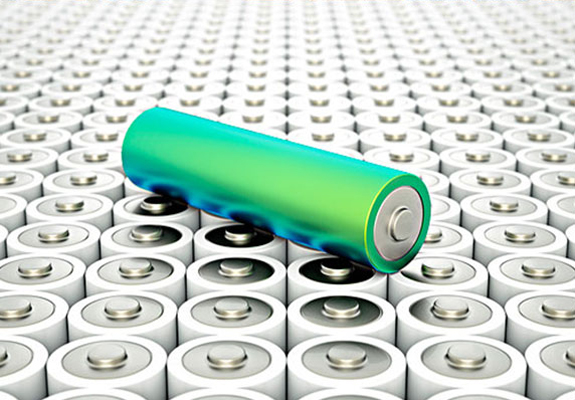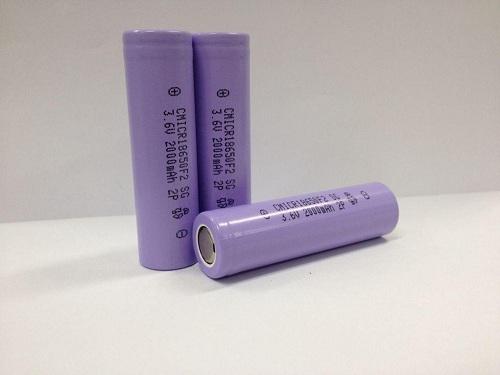Leaving Lithium Batteries in Car Safety and Storage
APR 16, 2020 Pageview:14255
Is it safe to leave lithium batteries in a hot or cold car?
Lithium ion is found in almost any batteries including electric cars batteries. With that comes the heat question. Is it safe to leave my battery in hot weather? is it safe to leave my battery in cold weather?.
To answer these questions simply, the answer is "no". Indeed you can leave your battery in hot or cold weather, however, the prolonged exposure of extreme heat or cold will result in the degradation of the inner cells of the battery, causing the battery to lose its capacity over time.
The thing you must never do in extreme weather conditions is to charge your battery. Charging your lithium ion batteries in extreme weather situations will result in catastrophic incidents including explosion and fire.
What actions may kill your lithium battery?
The first and most reliable thanks to killing a Li battery is solely to charge it an excessive amount of. Charge it higher than 14.6V and fast cell harm can occur. leading to a brief circuit within the weakest cell, that then speedily will increase the voltage across the opposite cells. All this power getting into the Li battery is generated as HEAT, and once your battery reaches 250°C, it self destructs. Burning from the within out and doubtless taking everything with it.
The second thanks to destroying your Li battery is to discharge it terribly low. once a lead acid battery is all the way down to 10V or less, individuals use a jump starter to urge it to go once more. Jumpstarting a Li battery that's all the way down to 10V or less can kill it. The unstable low state of the battery will even harm the charging system with a broken transformer as a result.
The third thanks to destroying your Li battery is to use a strong lead acid charger once your Li battery is discharged.
The fourth and final way to kill your Li battery is to not maintain it. LFP batteries are generally 1/3 or 1/4 the Amp-hour of the equivalent lead acid battery and it'll drain 3-4x quicker in a bike with a parasitic draw (due to always-on circuitry) leading to a discharged Li battery.
There are essentially 2 main factors that speed up the inevitable death of your battery:
High temperatures
Increased time spent at high voltages (i.e. high charge level)
Both of those contribute to the quicker death of lithium-ion batteries. in keeping with Jeff Dahn, high temperatures irritate the parasitic reactions that occur in a very lithium-ion battery’s solution, whereas high charge levels lead to further performance for a couple of cycles, followed by a crash in performance and far quicker deterioration of the cell.
Fortunately for us, each of those factors is often controlled to create batteries last as long as potential. the subsequent easy steps may be taken to drastically increase the lifetime of nearly any lithium-ion batteries.
How do you store your lithium battery properly?
Lithium-ion batteries still slowly self-discharge once keep or perhaps once not used. that's why it's counseled to see the battery standing each now and so even the battery isn't used.
The time Li-ion batteries go for self-discharge once keep depends on many things. the foremost vital issue of these factors is that the temperature the battery is keep in. Higher temperatures higher than 20oC cut back the battery storage life staggeringly.
If by any probability, you're experiencing weather that's below the 0oC or higher than 40oC don't, charge your battery the least bit. Charging batteries in these conditions might harm the battery and cause risk to your person because the battery might explode or combust.
Before storage, it's counseled to charge or discharge your Li-ion battery to around 400th then store in a very cool place just like the refrigerator (do not use the fridge, and wrap your battery in an isolation textile or bag). If you're planning to store your battery for quite six months, then you would like to charge your battery to around 500th each six months of storage (at least). once storing a Li-ion battery, take away it from the merchandise. don't store the battery whereas connected to the merchandise.
If you performed the higher than steps once storing a Li-ion battery, you'll be able to reach a storage time of just about 2 and a half years.
Lifetime analysis of the Li-ion battery is extremely powerful to work out although. that's why; massive firms are reluctant to issue a particular time warrant for Li-ion batteries. that's because of the very fact that if you wish to understand the behavior or a Li-ion battery over the span of eight years, you've got to actively take a look at it for eight years altogether conditions to create such a claim.
A Li-ion battery is in an exceeding state of constant loss of charge -unless you're charging it-. consistent with Cadex electronics, battery testing firm, totally charged Li-ion battery can lose around 200th of its capability once hold on for a year in optimum conditions. And an empty Li-ion battery can be a deep discharge state, wherever the battery's protection circuit can kick in protection the battery and its ability to recharge once more. To recharge electric battery reached a deep discharge state you have got to go to a specialist at it's a security hazard to do to try and do it yourself.
The degradation of Li-ion batteries has nothing to try to to with the structural degradation of the conductor materials within the battery throughout the charge and discharge cycles.
You should aim to charge to lower levels once attainable, particularly if the automotive is going to be resting for an extended amount of your time. whereas it's going to be comforting to check your battery meter scan “100%”, your battery is going to be something however comfy.
- Prev Article: Lithium Battery Chemical Formula-Chemical Analysis
- Next Article: Li-ion Battery Rebuild –Methods and Services
Leave Message
Hottest Categories
-
Hottest Industry News
-
Latest Industry News












